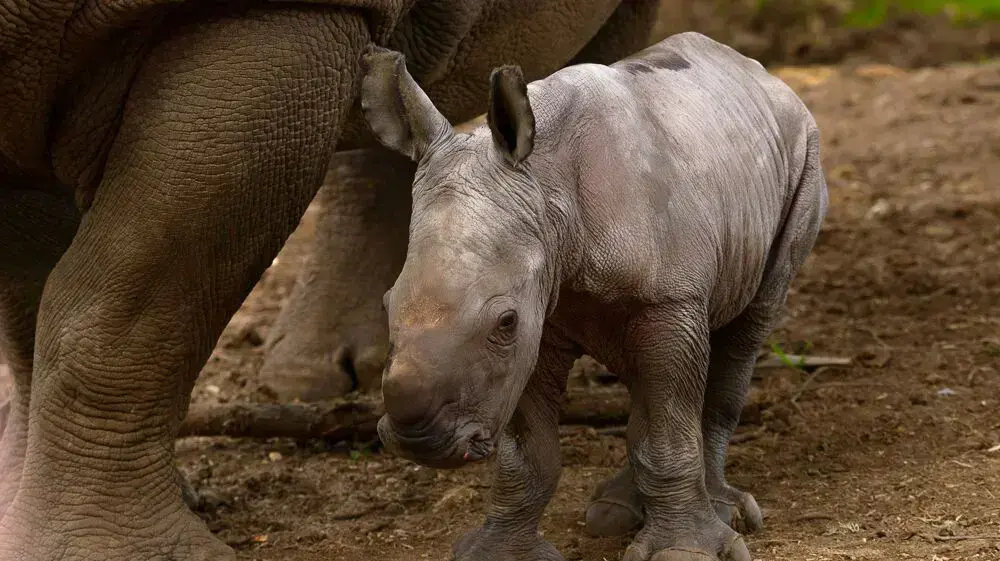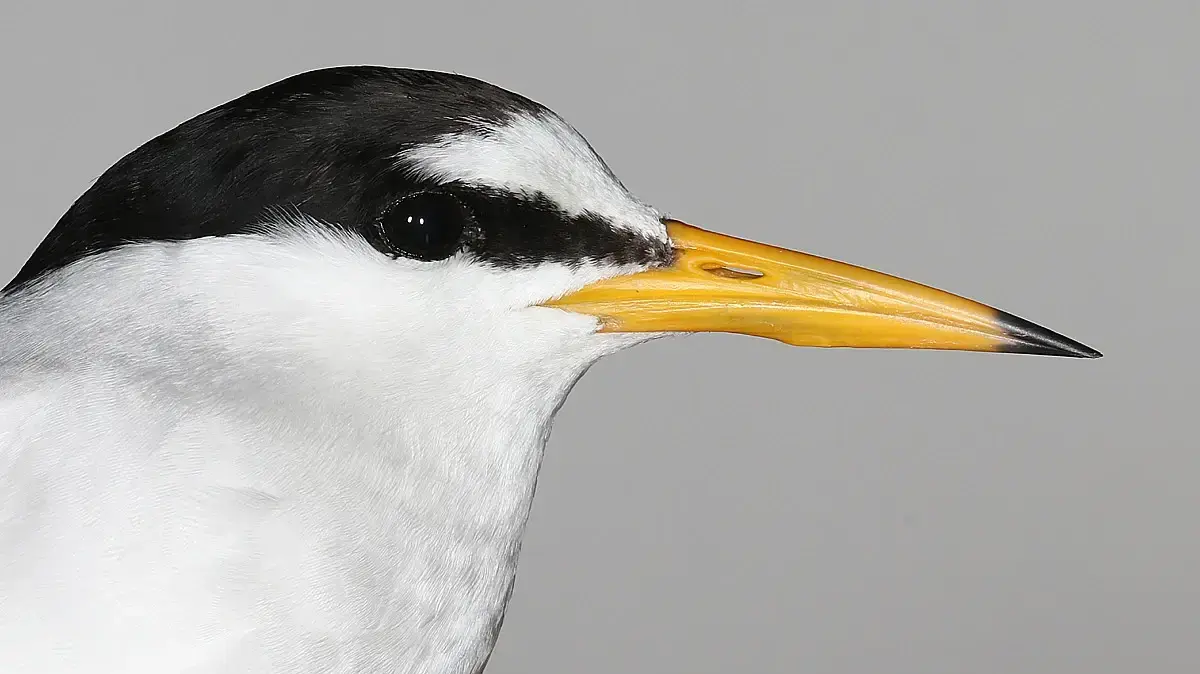Documentation from 2015: The reproductive difficulties of "Sudan", one of the last specimens of the "northern broad-lipped" rhinos (Photo: CNN, Editing by Snir Dabush)
The loss of wildlife around the world is "significantly more alarming" than previously thought, according to a new study that found that nearly half of the species on Earth are witnessing a rapid population decline.
Humanity has already wiped out huge numbers of species and brought many others to the brink of extinction – and some scientists say we are entering the "sixth mass extinction" event – this time through humanity's fault.
The main cause is the destruction of natural habitats to make way for farms, cities and roads, but climate change is also playing a major role in the decline in species numbers, and the consequences are expected to be increasingly deadly as the world warms due to greenhouse gas emissions.
A report by the Birdwatching Center of the Society for the Protection of Nature in Israel warns of a worrying deterioration in the situation of birds in Israel (Photo: Israeli Birdwatching Site and surfers' videos, editing by Snir Dabush)
Hawk eagle egg rescue operation in Nahal Zvitan, 2021 (Photo: official website, Hanoch Tal Nature and Parks Authority / Police Spokesperson's Office)
Chad, one of the last of the hawkish pens, dies of electrocution, Israel 2019 (Photo: official website, Ohad Avraham)
The study, titled More losers than winners: investigating Anthropocene defaunation through the diversity of population trends and published in the journal Biological Revivus, analyzed more than 70,48 species around the world—mammals, birds, reptiles, fish, insects and amphibians—to determine whether their population is shrinking, growing or staying constant over time.
According to the findings, 3% of these species experience population decline, and less than 28% experience growth. "Other studies, based on a much smaller number of species, have shown that the ongoing 'extinction crisis' is more severe than previously thought," Daniel Pinchiera-Donoso, co-author of the study at Queen's University Belfast, told CNN. "Our findings provide conclusive proof on a global scale." He added that the study provides a "clearer picture" of the extent of global biodiversity erosion.
For decades, the extinction crisis has been based on an overly conservative estimate that about <> percent of species are endangered, he said, but "the new study does not show the species that are now under threat unless their population size is shrinking rapidly or not." A trend of contraction over time is an early sign of extinction.
More in Walla!
Peru: Thousands of endangered frogs found dead in lake
See full article >
Snow leopards are endangered (Photo: ShutterStock)
Overfishing in Congo threatens shark survival (Photo: Reuters)
Demonstration in London against biological collapse, 2019 (Photo: Reuters)
In the video: Fires in the Amazon in Brazil (Photo: Reuters, Editing by Nir Chen) Dolphins in the Gulf of Aqaba (Photo: Noy Cohen)
According to the new study, 33% of species defined as "not under threat" by traditional estimates are actually shrinking towards extinction.
Mammals, birds and insects include species that are in decline, but amphibians are the main casualties and face a variety of threats, including disease and climate change, according to the study. On the other hand, in the fish and reptile category, there are fewer species whose population is experiencing a decline.
The study also found that, geographically, the downward trend in species populations is concentrated in tropical regions. One reason for this is that "animals in the tropics are more sensitive to rapid changes in ambient temperature."
- news
- World News
Tags
- extinction
- Endangered
- Earth







